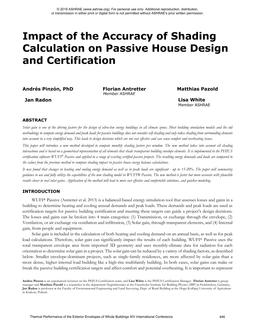Click here to purchase
Drying removes water and other liquids from gases, liquids, andsolids. The term is most commonly used, however, to describe removing water orsolvent from solids by thermal means. Dehumidification refers to the drying ofa gas, usually by condensation or by absorption with a drying agent (seeChapter 32 of the 2017 ASHRAEHandbook—Fundamentals). Distillation, particularly fractional distillation,is used to dry liquids. It is cost effective to separate as much water aspossible from a solid using mechanical methods before drying using thermalmethods. Mechanical methods such as filtration, screening, pressing, centrifuging,or settling require less power and less capital outlay per unit mass of waterremoved. This chapter describes industrial drying systems and their advantages,disadvantages, relative energy consumption, and applications.Mechanism of DryingApplying Hygrometry to DryingDetermining Drying TimeDrying System SelectionTypes of Drying SystemsNo. of Pages: 7
Citation: 2019 ASHRAE Handbook¿¿¿HVAC Applications
Product Details
- Published:
- 2019
- Number of Pages:
- 7
- Units of Measure:
- Dual
- File Size:
- 1 file , 190 KB
- Product Code(s):
- D-A312019SI

